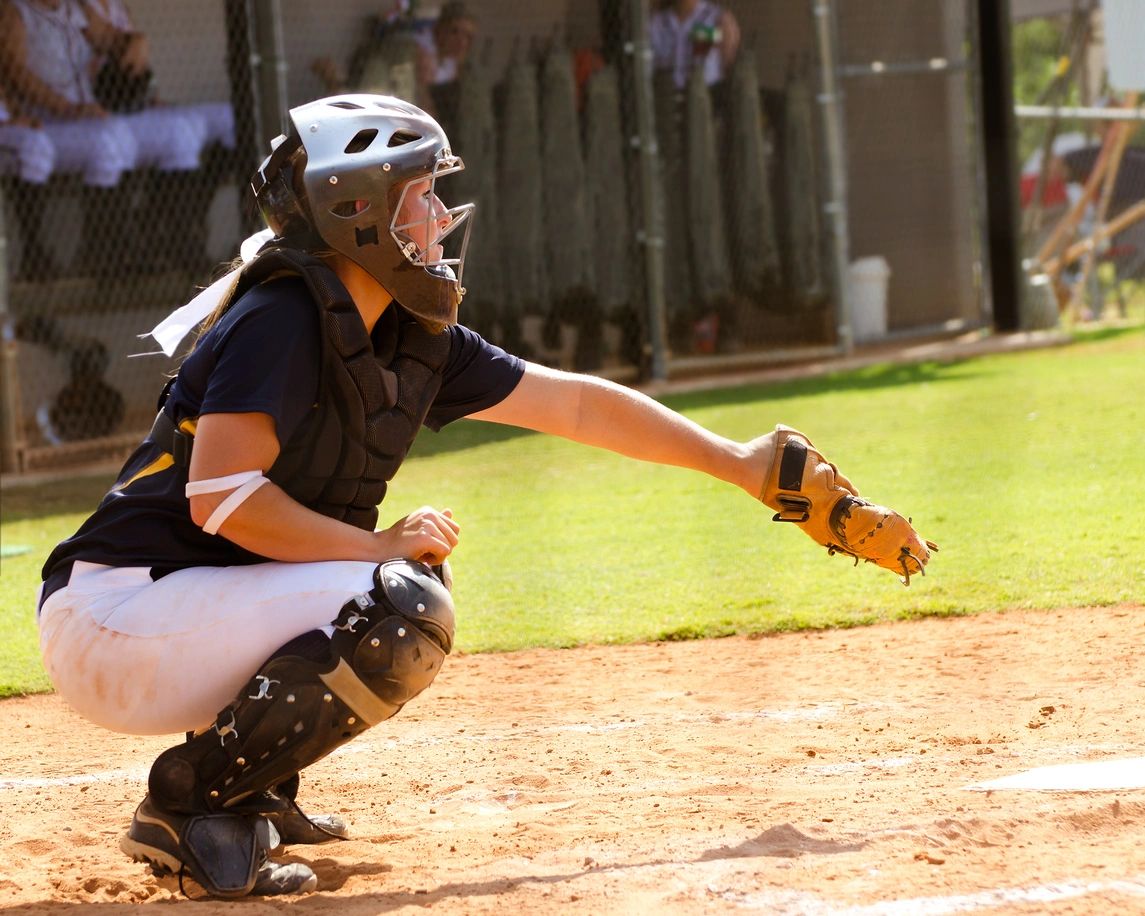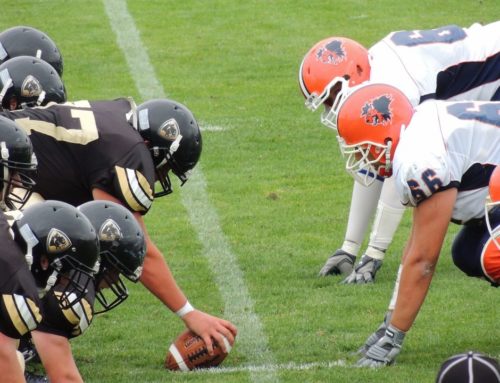
Strength training is a foreign and uncomfortable area for many junior female athletes who are often unaware of the benefits or unsure how or where to begin. The higher the level a sport is played physical performance must match – things like power, speed, strength, verticals all play a large part. Sadly for younger female athletes, no emphasis on foundation strength training is prioritized. As a result many female athletes who did not start an adequate strength program early enough not only increase their chance of injury but also reduces their ability to play at a higher level they otherwise could.
Youth female athletes do not have the strength, endurance, or stability of their muscles and joints to efficiently or adequately perform many sport skills. Sport-specific training at a young age can result in muscle imbalances and improper training technique.
You most likely won’t see your young athletes putting on substantial size, but they will have the capability to get stronger due to a more functional nervous system.
Strength training for young athletes supports optimal mobility, stability, coordination, strength, and movement efficiency. In the sports arena, this results in improved speed, agility, quickness and conditioning.
Benefits of Strength Training in Female Athletes
The two significant reasons for strength training in junior female athletes are injury prevention and playing performance. Female athletes have a higher incidence of lower-limb injuries than male athletes with studies showing that they are two to eight times more likely to suffer knee injuries. This is predominately linked to lack of strength, incorrect movement patterns and flexibility imbalances in the lower limbs, both of which can be addressed through correct training & intelligent coaching. One study from pre-season screening test in female college athletes from a variety of sports showed that 40% of the 138 athletes studied suffered an injury that season. The authors also found that there was a trend for higher injury rates to be associated with knee flexor or hip extensor imbalances of 15% or more on either side of the body. Since we know the knee joint & supportive connective tissue can be definitively strengthened, many if not most of these injuries could have been mitigated or prevented entirely.
We also know that performance improves the stronger an athlete becomes. They are faster, more explosive, have higher verticals and all around have higher power output. Their work capacity is higher allowing them to recover more quickly from practices and better suited for the advanced technical skills of their chosen sport.
Lastly, research also shows that once female athletes begin strength training, they not only enjoy it, but it also may help promote their self-image. This is of wider significance for all young females, as their overall physical activity tends to decline after the age of 16. Starting a strength training program that enhances body image may be useful in preventing this.
Building a foundation for an athlete takes 3-4 years. That means if you’re a high school senior, you are already three years behind. Typical “start-up” training starts at age 13-14. There is no short cut or fast track to building a proper foundation. Correcting movement patterns, muscle imbalances and learning proper technique are all things that must be fixed before any quantifiable strength gains can occur.
Attitudes to Strength Training in Young Female Athletes
Since female athletes are more likely to get injured than males and the lack of strength & muscle imbalances are the primary cause of injury at the college age doesn’t it make sense to prevent this earlier on? Having been in the fitness industry, work as a full-time Strength & Conditioning coach and gym owner I believe there are two main reasons why this is lacking. There is a massive misunderstanding about what female strength training is (it’s not Powerlifting or Olympic lifting), and sport coaches still don’t understand the vital role strength plays in female sports for their physical health at a competitive level.
Setting females athletes up for long term success can only be done with a solid foundation in place. Strong female athletes with a wide, deep foundation will not only have lower injury rates but excel in their chosen sport allowing them to be more competitive at the college level.


